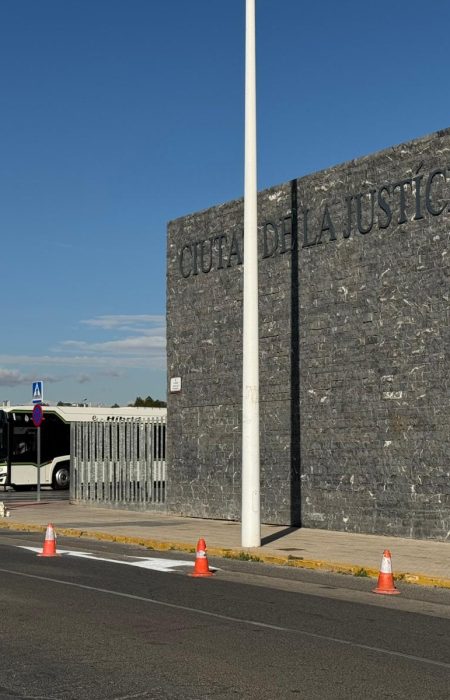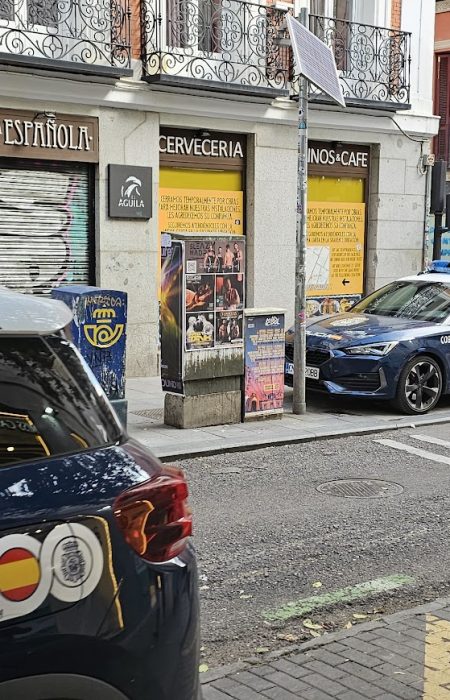The 10K Aguas de Alicante Half Marathon took place yesterday, and thousands took part. The race happened at the same time as the last stage of the 9th Women’s Cycling Week-Volta of the Valencian Community. Mayor Luis Barcala and Councillor for Sports Toni Gallego went to the start of the athletics event together. Mayor Barcala said, “Sporting events like these two events support the goal of de-seasonalizing the tourism sector.” This is supported by the fact that 80% of hotels are full this weekend in mid-February and that it has a big effect on other parts of the city’s economy, like bars and hotels.
The mayor also talked about how important it is for both events to promote Alicante: “It is very important that about 8,000 people from 43 countries or different provinces of Spain come to Alicante to compete in or watch the Half Marathon. This includes athletes and their families.” Also, that pictures of Alicante can be sent abroad now that La Volta is here, which is good for tourism.
Moroccan Youness Belyamna won the men’s division of the International Half Marathon with a time of 1h 08′ and Welsh Sioned Howells won the women’s division with a time of 1h 20′. People from Poland, Bartolomé J. Falkowski and Natalia Gasnk, were the first to cross the finish line at Pier 12 in the Port of Alicante for the 10 km race. Their times were 31 minutes and 57 seconds and 38 minutes and 55 seconds.
A singer named Mario González played the “Hymn of Alicante” before the 5,300 people who signed up for the race. Before getting to the Explanada promenade, the first few miles of the course were the same for both the Half Marathon and the 10k. People who had signed up for the 10 km race turned left at this point to go back to the finish line at Muelle 12. People who had signed up for the 21.095 km race went through different streets in the city centre until they reached Avenida de Lóring, Paseo de los Mártires de la Libertad, and then continued to the finish line.
At one of the Runner’s Fair stands near the finish line, people who wanted to could have their names and times engraved on race medals after the race. The Plaza de los Luceros pond can be seen in front of them. A few weeks ago, people who used the race organization’s social networks voted on whether to copy this famous spot in Alicante.
The Volta for Women
After that, Gallego went to the awards event for the 9th Setmana Ciclista-Volta Feminina de la Comunitat Valenciana. The council member said, “The City Council has made clear its support for cycling, and in this case, women’s cycling.” In 2024, Alicante was the site of a stage start for the same event. This year, it is being touted as the finish of La Volta. Cycling is a good way to get people to visit the city. The category of a race on the calendar of the International Cycling Union (UCI) also helps spread the word about Alicante as a tourist location at this time of year.
More than 300 local police and Civil Guard officers have been on duty to keep everyone safe on this “super sporting Sunday.” Along the coast and in the city centre, traffic had to be shut down at different times and places to make sure both events ran smoothly. More than 200 helpers have joined them. Also, more than sixty physiotherapy students from CEU San Pablo, Elche, and the European University were stationed at the finish line to touch athletes who needed it.









No Comment! Be the first one.